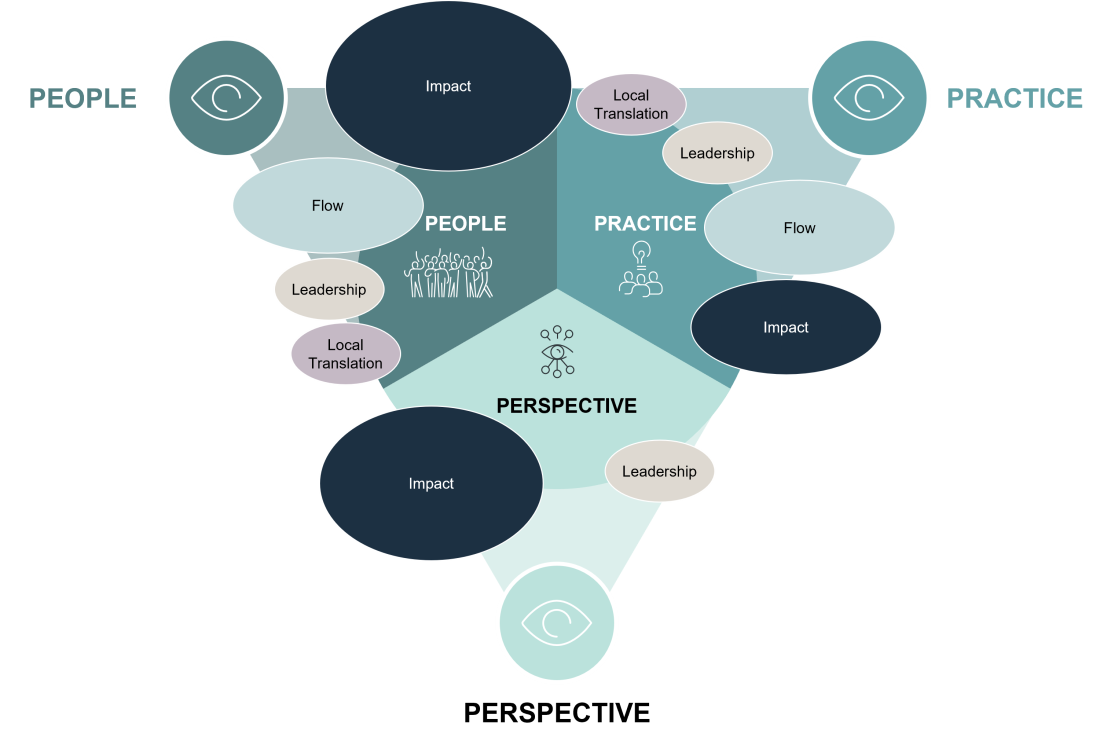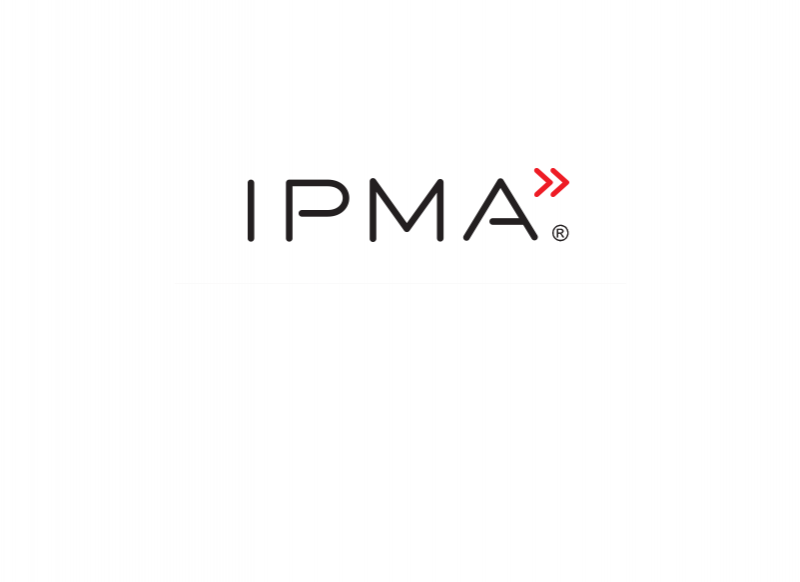Introduction
The fact that the Half Double Methodology (HDM) and the IPMA Individual Competence Baseline (ICB), are conceptually very different is basically also the reason for the two being complementary meaning that the two “models” can in fact reinforce each other.
Obviously, the generic competences of the IPMA individual competence baseline will benefit from being used in combination with the Half Double methodology, the agile hybrid model expanding on both classical and agile project methods.
Vice versa, the examples below also show how well the IPMA ICB4 “plugs into” Half Double; meaning, how and where the ICB4 can support both the implementation and the application of the Half Double Methodology (HDM).
From a more practical perspective, if you already have an IPMA Certification, you can benefit from your gained level of generic individual IPMA competences for better understanding of the Half Double Methodology, for a faster and more efficient adoption, implementation and practical use of the Half Double Methodology. With an IPMA Certification, you can raise your chances of being successful also with the Half Double Methodology.
In the following sections, we will only use specific references to HDM 1.0 and ICB 4.0, respectively.
Stakeholders
“Stakeholder satisfaction” is the ultimate success criteria”, is the main message of the Impact principle of the HDM 1.0 and perhaps the most important statement of HDM 1.0. The overall goal of Half Double is to create more impact in less time.
Example: Stakeholders
Impact is the keyword and consequently, to successfully build the impact case (Impact method 1) and design your project to deliver impact as quickly as possible (Impact method 2), you must also be competent in “mapping” and “managing” your stakeholders, which is a main competence element of ICB 4.0 (Practice 12, ref. cross-reference guide below). In other words, to succeed with IMPACT, you will naturally focus on and grow those generic IPMA competencies supporting the impact mission of Half Double (ref. Annex 3: cross-reference guide).
Ressources & teamwork
“High intensity and frequent interaction” are the founding principles of the HDM 1.0 core element FLOW. The way to more impact in less time using Half Double goes via flow and visual progress. Therefore, to succeed with flow you will have to use and grow those generic IPMA competencies supporting the flow mission of Half Double (ref. Annex 3: cross-reference guide).
Example: Resources & Teamwork
“Allocate core-team min. 50% to the project and ensure co-location” is the name of the first method of the Flow core-element of Half Double. To succeed with this method, you can benefit from being competent in defining, identifying, and allocating the required resources (people, expertise, facilities etc.) which is the focal point of the ICB 4.0 main competence element “Resources” (Practice 8, ref. cross-reference guide below). Moreover, the ICB 4.0 main competence element “Teamwork” (People 6, ref. cross-reference guide below) also supports this Half Double method.
Leadership & teamwork
“Embrace uncertainty and make the project happen” is the founding principle of the Half Double core element LEADERSHIP. The way to more impact via flow and visual progress will require a strong and dedicated leadership meaning, that you will naturally use and grow those generic IPMA competences supporting the leadership mission of Half Double (ref. Annex 3: cross-reference guide).
Example: Leadership and Teamwork
“Being a collaborative leader with a people first attitude” is the name of the second method of the Leadership core-element of Half Double. To succeed with this method, you will need some basic leadership and teamwork skills both covered by the ICB4 main competence elements “Leadership” & “Teamwork” (People 5 & 6; ref. cross-reference guide below).
Summarising
Without a specific model, framework or methodology, it is difficult to develop and grow strong generic individual competences which is the real core of the IPMA competence baseline (ICB 4.0). HDM 1.0 is a new and contemporary hybrid methodology with a clear goal of raising the success rate of projects. Adopting and implementing HDM 1.0 will therefore effectively boost several of your generic IPMA competences thus making you far more competent in managing projects and agile assignments - a true benefit to the organisations using the ICB 4.0.
In the cross-reference guide below (Annex 3), you will get a complete overview of the degree of interaction (high, medium, low) between each of the 28 ICB 4.0 competence elements and each of the 9 (12) methods of the Half Double Methodology (HDM 1.0).
Download the full document "Coexistence between Half Double and IPMA" underneath.



